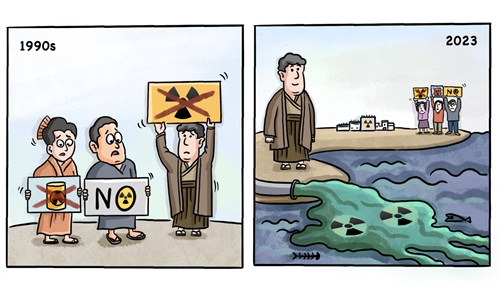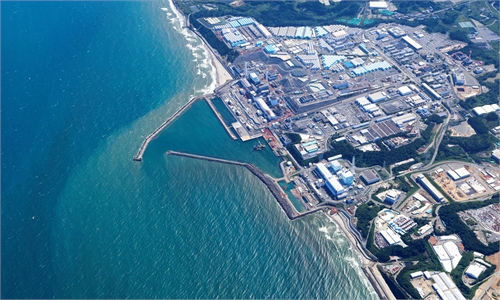China's top environmental engineer: Nation's air quality improvement, climate governance mutually beneficial

This aerial photo taken on Aug. 23, 2023 shows mountain scenery in Manshuihe Town of Lu'an City, east China's Anhui Province.(Photo: Xinhua)
China's climate governance and air quality management complement each other and are jointly dedicated to improving environmental quality, reducing pollution and greenhouse gas emissions, said a leading Chinese environmental engineer on Wednesday.
"Climate governance and reducing air pollution are like twin processes that mutually benefit and support each other," said Liu Bingjiang, chief engineer of China's Ministry of Ecology and Environment and director of the Department of Atmospheric Environment, during a dialogue session organized by the China Public Diplomacy Association.
From 2013 to 2022, China's GDP grew by 67 percent, but PM2.5 concentration dropped by 57 percent. In Beijing, pollution levels plummeted from 90 to 30 ug/m³, an achievement recognized by the United Nations as a "Beijing Miracle" and exemplary model for other developing countries, according to Liu.
Air pollution is closely related to climate governance because both are linked to energy consumption. The country's project of adjusting residents' use of coal by switching to natural gas and electricity for things such as cooking or heating have significantly reduced carbon dioxide emissions, benefiting air quality, Liu said.
These two aspects mutually support each other by reducing pollution while simultaneously cutting greenhouse gas emissions. Despite the progress that has been made, continuous efforts are required as policies and measures are continuously improved and advanced, Liu told the Global Times.
Liu mentioned that while extreme weather events like El Niño can impact air quality, the Chinese government has a legal framework in place to address such a situation.
China's Environmental Monitoring Center and Meteorological Administration have accumulated years of experience in predicting the occurrence, duration and cessation of pollution events, as well as recommending appropriate measures. When meteorological agencies forecast an impending severe pollution event, the government has the authority to implement a range of measures, including halting traffic and industrial activities and reducing industrial emissions. This information is made publicly available, ensuring a swift response when pollution events occur.
While complete elimination of air pollution may not be achievable, standardized response measures have been established to enable rapid action in times of crisis. These measures strike a balance between ensuring safe heating for the public and minimizing the economic impact of pollution on industries. All these actions are carried out in accordance with established legal regulations, Liu said.
A study conducted by Chicago University found that despite the formidable challenge of mitigating air pollution on a global scale, China has achieved remarkable success by reducing pollution by 42.3 percent since 2013. This progress began in the year preceding the country's launch of a comprehensive "war against pollution," according to UChicago News on August 30.
As a result of these substantial improvements, it is estimated that the average Chinese citizen can now anticipate an increase in life expectancy of 2.2 years, assuming the continued sustainability of these pollution reductions. The current life expectancy of Chinese is 78.587 years.
In 2013, smoggy and hazy episodes frequently hit China. Cities often were blanketed in dense yellow and gray smog.
Over the past 10 years, 60.5 percent of newly increased energy consumption came from clean energy, marking a significant leapfrog. Today, China boasts the world's highest installed capacity of hydropower, photovoltaic and wind power, according to Liu.
More than 400,000 coal-fired boilers have been phased out, resulting in a cumulative reduction of 300 million metric tons of coal through the transition to clean energy and boiler shutdowns over the past decade. Additionally, coal usage in Beijing has decreased from 30 million metric tons to just 1 million tons during the same period.
In rural areas, 37 million households have made the switch from coal to clean energy for heating and cooking, historically eliminating coal usage in these households.
China has also phased out 30 million outdated vehicles.
By 2022, the population of electric vehicles reached 13 million, ranking first in the world and accounting for 50 percent of the global total. Addressing air pollution has become a major driving force behind the adoption of electric vehicles, particularly in public transportation, such as buses, taxis, garbage trucks and postal vans.




